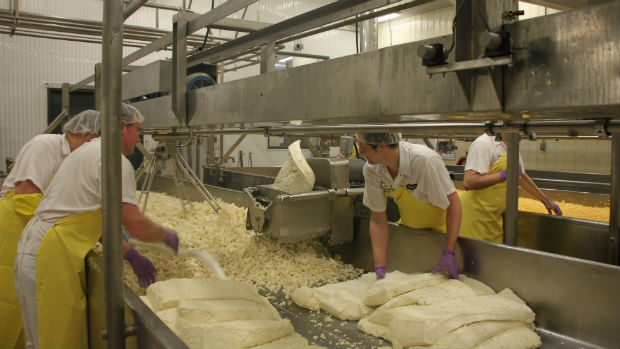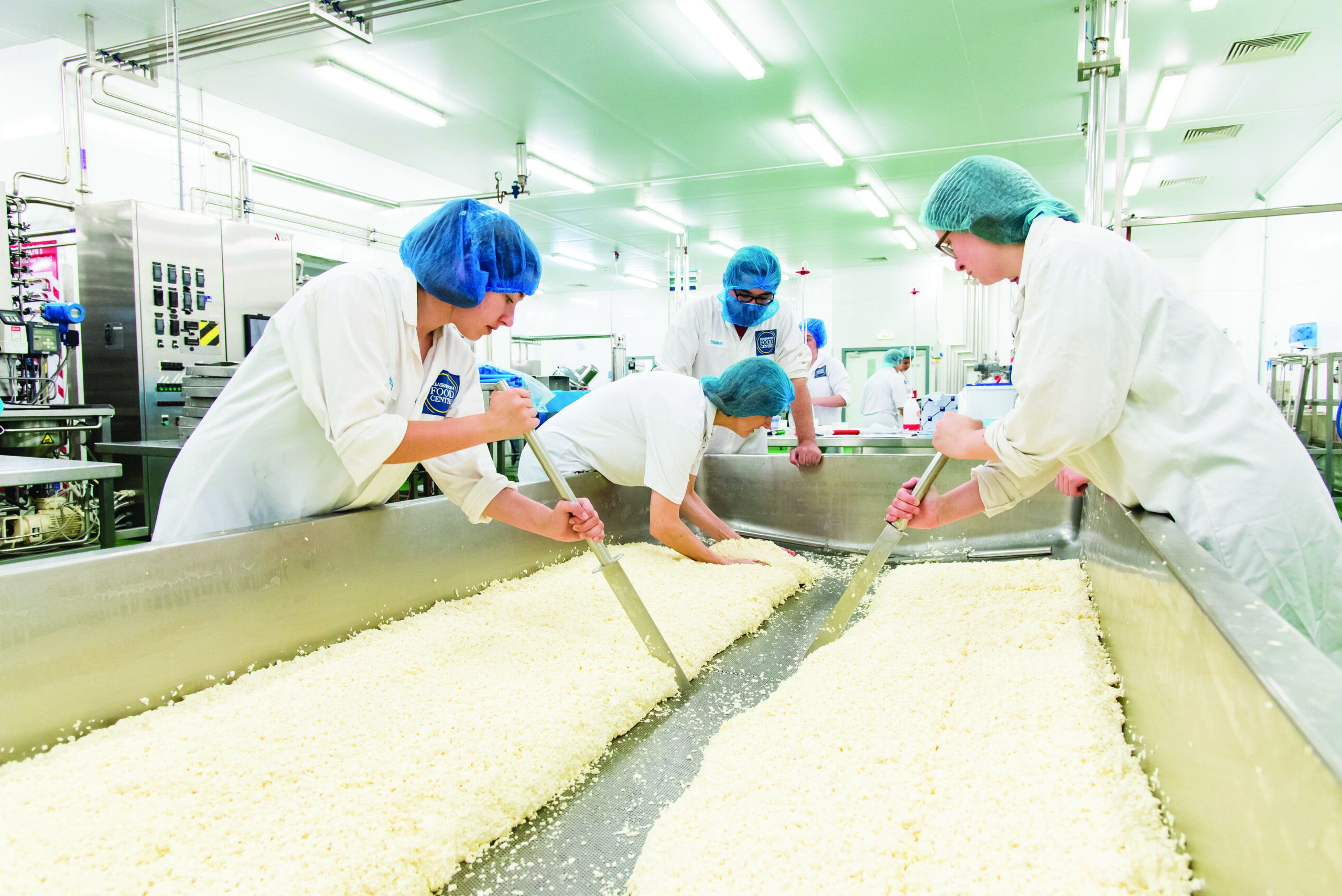Visit the Premier Cheese Store Melbourne for Exquisite Selections
Visit the Premier Cheese Store Melbourne for Exquisite Selections
Blog Article
Exploring the Art of Cheese Production: Methods, Procedures, and Advancements in the Dairy Products Industry
The exploration of cheese production encompasses a varied selection of methods and processes that reflect both historical practices and modern technologies within the milk market. By analyzing the elaborate art of fermentation, aging, and modern manufacturing methodologies, one gains insight right into exactly how artisans and large manufacturers alike adapt to advancing customer choices and sustainability difficulties. As we consider the effects of these advancements, it becomes necessary to question how they will form the future landscape of cheese and its role in our diet regimens and culinary practices.
History of Cheese Making
Mapping its beginnings to ancient people, the history of cheese making discloses a rich tapestry of social and technological evolution. Proof suggests that cheese manufacturing dates back over 7,000 years, with historical searchings for from areas such as Mesopotamia and the Indus Valley showcasing very early dairy methods. These cultures used milk from tamed animals, and with natural procedures of fermentation and coagulation, they created basic kinds of cheese.
As worlds proceeded, the art of cheese making ended up being more fine-tuned. The old Egyptians and Greeks documented their methods, that included a selection of milk sources and diverse strategies for aging and flavoring cheese. The Romans further sophisticated cheese manufacturing, exporting their understanding across Europe, which resulted in regional adjustments and unique varieties.
The Center Ages witnessed the facility of monasteries as facilities of cheese production, where monks created unique recipes that showed neighborhood preferences and available resources. Throughout the centuries, cheese production has progressed, influenced by elements such as geography, environment, and social methods. This abundant history not only shows the ingenuity of early cultures yet also lays the foundation for the diverse cheese ranges enjoyed today across the globe.
Conventional Cheese Production Strategies
Traditional cheese manufacturing methods include a range of time-honored techniques that have been given through generations. These techniques, typically region-specific, show the special social heritage connected with cheese-making. The procedure typically starts with sourcing high-quality milk, which can vary in kind relying on the desired cheese.
Coagulation is accomplished via the enhancement of rennet and often an acid, resulting in the development of curds. The curds are after that reduced and carefully stirred, permitting whey to divide. This first curdling stage is critical, as it influences the texture and dampness material of the end product.

Fermentation and Aging Processes
Fermentation and aging procedures are indispensable to the advancement of cheese, taking place after the first curdling and pressing stages. During fermentation, certain microbial cultures are introduced to the curds, facilitating the conversion of lactose into lactic acid. This acidity not only helps in curd preservation however additionally adds to the flavor profile and structure of the final product.
As the cheese ages, biochemical reactions continue to take area, influencing its taste, scent, and structure. Different cheeses need varying aging periods, which can vary from a few weeks to numerous years, leading to distinctive characteristics.
In addition, the existence of molds or yeasts on celebrity surface area can better boost taste complexity. Blue cheeses count on certain mold societies to produce their signature preference profiles. In general, both fermentation and aging are important in defining the originality of cheeses, permitting artisans to develop a diverse selection of items that cater to a vast array of palates.
Modern Technologies in Dairy Products Manufacturing
Advancements in dairy products production have actually reinvented the cheese-making procedure, improving efficiency and product top quality. Technological advancements, such as automated bleeding systems and precision fermentation methods, have structured operations and enhanced uniformity in raw milk quality. These systems reduce labor costs and boost animal welfare by permitting more comfortable and reliable bleeding techniques.
In addition, the unification of data analytics and IoT (Web of Points) devices has allowed dairy products manufacturers to keep track of numerous criteria, such as temperature and humidity, in real-time. cheese for sale online. This capability guarantees optimal conditions throughout the cheese-making process, bring about a better final result
In addition, innovations in pasteurization techniques, including high-temperature short-time (HTST) pasteurization, have not just raised food safety but also preserved the delicate flavors and nutrients integral in milk.
Sustainable practices are also acquiring traction, with improvements in waste administration and eco-friendly power utilization. Numerous producers are now utilizing biogas from dairy products waste, promoting environmental stewardship while at the same time decreasing operational prices.
These modern innovations jointly add to an extra reliable, sustainable, and top notch cheese production process, setting brand-new criteria in the milk market.
Future Patterns in Cheese Industry
As the cheese sector remains to progress, emerging trends are improving manufacturing, usage, and advertising techniques. One significant fad is the expanding demand for artisanal reference and specialty cheeses, driven by customers seeking distinct flavors and high-quality active ingredients. This change is urging producers to take on standard methods while incorporating contemporary technology for improved quality assurance.
Sustainability continues go to website to be at the leading edge of consumer choices, motivating producers to explore eco-friendly methods, such as decreasing water use, enhancing energy consumption, and making use of eco-friendly packaging materials. Additionally, developments in plant-based cheese alternatives are broadening market chances, providing to the enhancing variety of vegan and lactose-intolerant consumers.
Furthermore, digital advertising and marketing and e-commerce are transforming how cheese is marketed and marketed, allowing producers to attach directly with consumers and customize their offerings to certain demographics. Subscription services and online systems are coming to be popular channels for cheese distribution, improving ease of access and ease.
Lastly, health-conscious trends are influencing cheese solutions, with producers establishing lower-fat, lower-sodium, and nutrient-enriched alternatives to click to find out more satisfy customer demands. As these trends continue to unravel, celebrity sector is most likely to witness a dynamic change that straightens with modern consumer values and choices.

Verdict
The expedition of cheese production exposes an intricate interplay of classic methods and modern developments. As the dairy industry welcomes health-conscious trends and eco-friendly methods, the future of cheese production promises ongoing development and development, guaranteeing its long-lasting importance in cooking culture.
Report this page